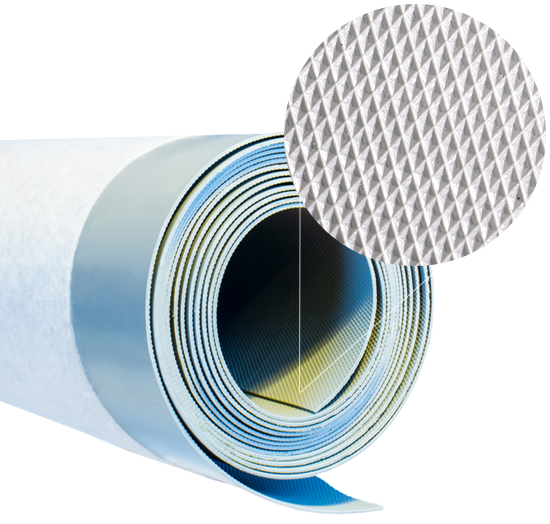Multi-Ply roofing membrane is constructed from the following materials –
The PVC waterproofing rolls formulas are based upon polyvinyl chloride resin. Other elements are added to provide flexibility and stability. Examples include anti-oxidants, ultraviolet light absorbent, plasticizer and plastic filling agent
Characteristics
- High tensile strength and elongation allows the substrate to move without cracking when the temperature changes.
- The rolls are available in broad width. These can be efficiently hot-air welded and are easy to repair and maintain for many years.
- Good vapour diffusion, easy discharge of condensate and moisture from the ground
- Root-proof, chemical-resistant & age-resistant
- Climate-resistant - flexibility even at -20 & no flowing at high temperature
- Easy, mechanised, ‘cold’ installation
Technical Specifications
Multi-Ply comes in sheets of single-layer and laminated sheets with fibre felt or fibre as reinforced layers.
The products are available in -
Widths of 1.0m, 1.2m, 1.5m & 2.0m
Thickness - 0.5mm, 1.0mm, 1.2mm, 1.8mm & 2.0mm
Length of more than 20m.













